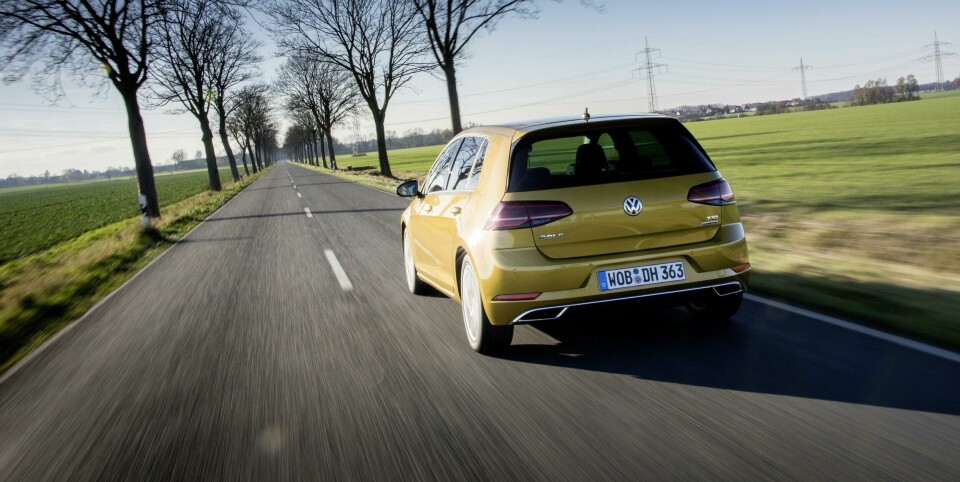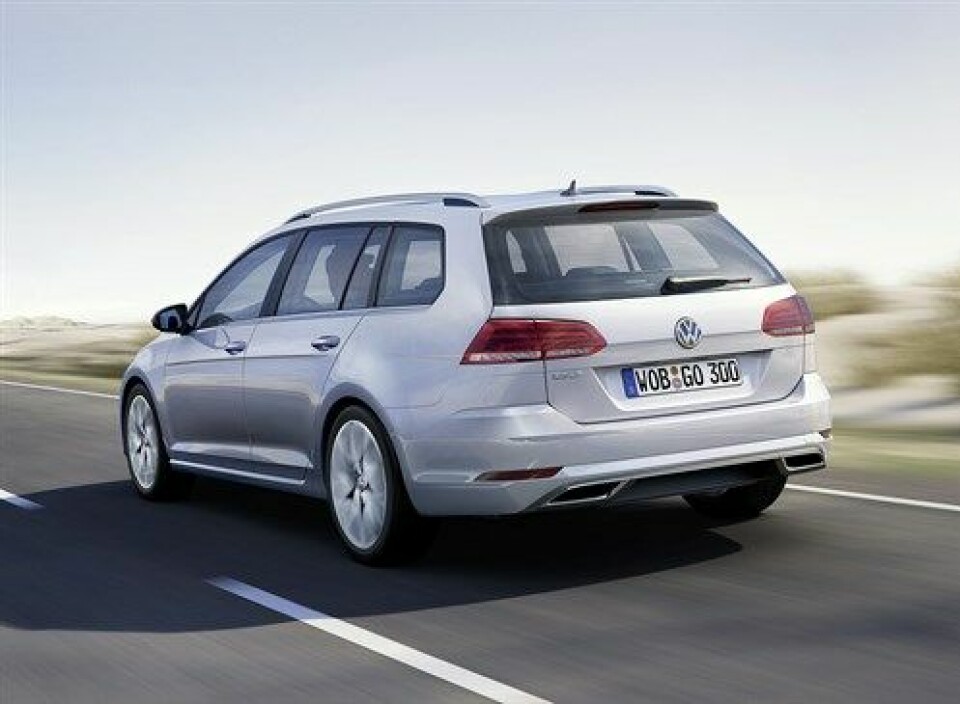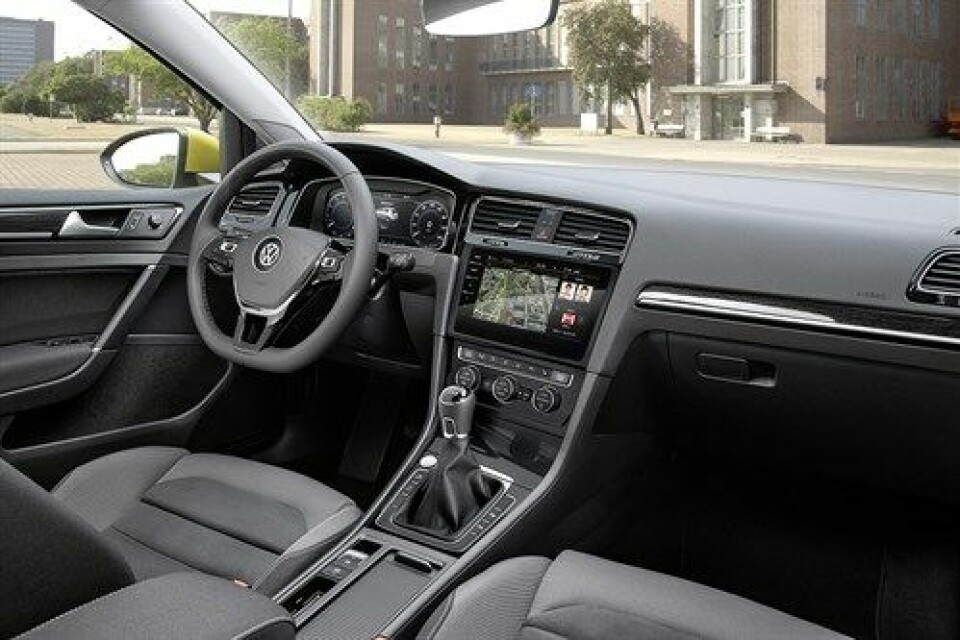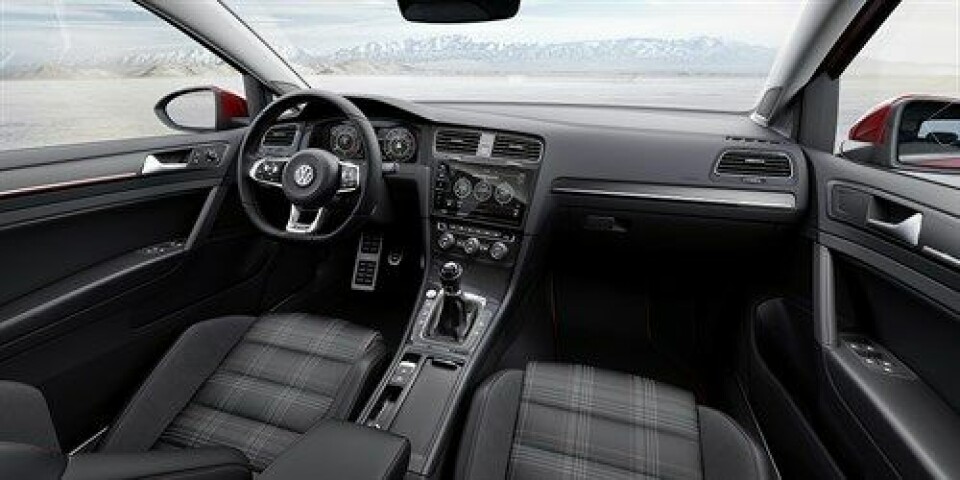
New Car: Volkswagen Golf
A notable update to the seventh-generation Golf
Volkswagen’s midlife facelift of the seventh-generation Golf is relatively subtle, but a notable update. Its new design cues are reminiscent of the Sport Coupé Concept GTE show car (Geneva 2015) in particular, for example its new LED daytime running lights and grille with full-width chrome strip (red, for the GTI, and blue for the GTE plug-in hybrid model). The design of the wheels, and of course, the yellow paint of the car shown at the unveiling event in Wolfsburg, also emphasise the resemblance.
The longer-looking bonnet of the MkVII Golf (2012) contributes to this effect as well: the Volkswagen’s Group’s ‘MQB’ platform enabled a shift in proportions, with front wheels further forward and a shorter front overhang, giving the impression of a more rearward cabin. Detail changes include new bumpers with redesigned air intakes, and the radar sensors for driver assistance systems are now located behind the VW logo in the grille rather than visibly mounted on the bumper. GTI versions have red ‘winglets’ to the corner of each headlight, and GTE models the same in blue.
 To the rear, new all-LED taillights with a stripe effect continue the horizontal theme; range-topping models have a white stripe which turns orange when indicating and a different brake light signature, and GTI models get larger, chrome-painted exhaust tailpipes.
To the rear, new all-LED taillights with a stripe effect continue the horizontal theme; range-topping models have a white stripe which turns orange when indicating and a different brake light signature, and GTI models get larger, chrome-painted exhaust tailpipes.

The Variant estate/station wagon, meanwhile, has a new rear bumper and similarly new LED taillights, plus trapezoidal-effect chrome trim panels in the diffuser, as on the Passat Variant.

The colour and trim team have developed new materials and seat cover choices, but the key change to the interior is the 9.2-inch ‘Discover Pro’ central touchscreen with gesture controls, available in upper-end models; other versions with the ‘Active Info Display’ gain larger touchscreens and customisable displays with five selectable information profiles. Further options include wifi hotspot, inductive phone charging, and a Media Control app for remote control of infotainment via smartphone or tablet; the platform is compatible with Apple or Android phones.

Personalisation options – as previewed to some extent by the I.D. concept (Paris 2016) – are based around the idea of key as ID: a driver’s individual settings can be saved in a user account, giving automatic adjustment of features including the driver’s seat, ambient lighting, adaptive cruise control, air conditioning, entertainment and navigation.



